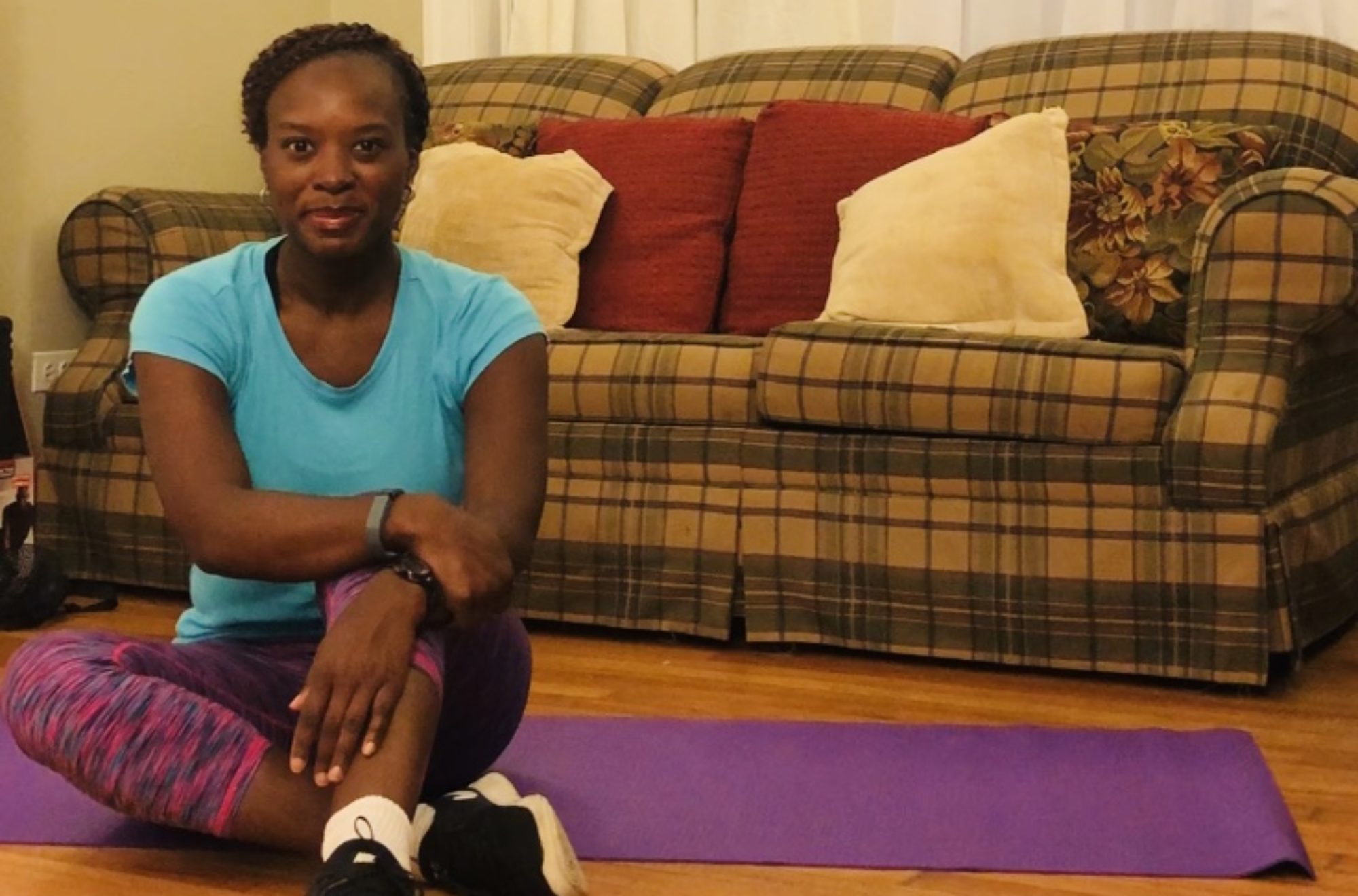
Today’s post is a little different than usual. You haven’t seen me in a while because things have been tough lately, and I just haven’t had much motivation. Though things have gotten a bit better for me personally, the whole world is in a weird state of chaos mixed with uncertainty.
Instead of talking about physical health, I wanted to talk about mental health. I’m not an expert in this field. I just want to share what’s been working for me lately.
#1: Keep Moving
Schools, fitness facilities, churches and some places of business are shutting down indefinitely. We’re being told to self-quarantine or practice social distancing to slow the spread of the virus. However, that doesn’t mean that we stay in our home and do nothing.
Exercise is one of the best ways to relieve stress. Instead of staying glued to the TV for the latest news update, get your sweat on! Pause your streaming service for an hour or to go for a long walk or hop on YouTube and follow a workout video.
#2: Maintain a Schedule
We’re creatures of habit. Most of us wake up at the same time every day. Then we go through an almost identical morning routine because we have to be at work at the same time every day. But what do you when your business shuts down indefinitely and you have nowhere to go each day? You create another schedule
Most folks have things they’ve been meaning to get around to. We even have projects that we’ve been putting off until we have more time. This is the perfect opportunity to work on those things by creating a schedule.
If you work an eight-hour shift, I’m not suggesting that you create a schedule for every minute of your workday. However, I would suggest that you keep your same morning routine so that when work resumes, you’re good to go. Beyond that, you should schedule some things you need to do, some things you’ve been putting off and some fun things, too.
#3: Keep in Touch
This is one is especially for introverted single folk, like me, who live alone. However, it applies to others, as well. This is prime real estate for us. We have a legitimate reason to pull inside of ourselves and cut off all contact with the rest of the world. Let’s not do that.
One of the best ways to stay grounded is to connect with other people. While we may not be able to meet up with people face-to-face, we can FaceTime, Skype, host Zoom meetings and do Google hangouts. Check on the folks you love and let them know you’re okay.
#4: Go Offline
Turn off the TV. Go on Facebook fast. Stay off YouTube. Things are already bad enough. Just take one day – a full 24 hours – with no media or technology. You might be surprised how grounded you feel…and how much time you have.
This Too Shall Pass
Things won’t always be this way! They’ll get better! I promise.

Hopping on the Scale! Don’t forget to hop on the scale and see where you are this week. Remember: if you were able to maintain and not gain, that’s still a win!
Follow Get Fit with Charity on Facebook, Pinterest and Instagram!


















